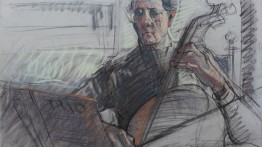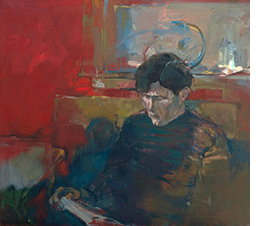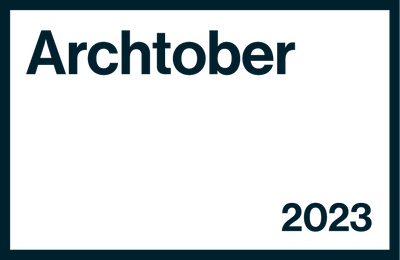Sue Ferguson Gussow: Retrospective
Thu, Oct 12, 2023 6:30pm - Fri, Nov 17, 2023 7pm

Donald on Cello/Trio. Charcoal and Pastel on Paper, 2000.
OPENING RECEPTION: THURSDAY, OCTOBER 12, 6:30 PM
This fall The Irwin S. Chanin School of Architecture celebrates the work of Sue Ferguson Gussow, a figurative painter, faculty member, and 1956 School of Art graduate. Gussow has been teaching at Cooper since 1970, and in the School of Architecture since 1975, when then dean John Hejduk asked her to teach architecture students freehand drawing, particularly from the figure, skills Hejduk felt they lacked at the time. Gussow developed her approach to teaching architects how to draw over decades, and in 1981 became the first woman appointed as a full-time faculty member in the School of Architecture. She has been Professor Emerita since 2003.

The eighty-six works in the exhibition, most of them figurative, span from 1955 when Gussow was a Cooper art student to works completed in 2023. Her subjects range from family members, friends, colleagues, and former students to dresses, dolls, and floral studies. Each work holds an underlying narrative that not only captures a subject’s likeness, but also their essence or spirit.
Gussow has had notable solo exhibitions at the New Orleans Museum of Art (1966); the Stanford Museum (1983), honoring her year at Stanford University as the Pamela Djerassi Visiting Artist (1982-83); The Cooper Union (1997), which held a 40-year retrospective in the Arthur A. Houghton Jr. Gallery, reviewed in The New York Times by Paul Goldberger; and the Center for Contemporary Art (Bedminster, New Jersey, 2015), reviewed in The Star-Ledger by Dan Bischoff. Her most recent solo exhibit at Front Art Space (Manhattan, 2017) was reviewed in LUXE by Barbara Stehle.

Her work is held in numerous collections, both public and private, including the Brooklyn Museum; Cooper Hewitt, Smithsonian Design Museum; Dallas Museum of Fine Art; Seattle Art Museum; New Orleans Museum of Art; New Orleans Jazz Museum; Philadelphia Free Library; Frick Collection Archive; and the Museum of Modern Art lending collection. Her work is also represented in the private collections of the CBS Building, Schuyler B. Chapin, Diana and David Rockefeller Jr., Mary Schmidt Campbell, Jane and Morley Safer, and the estates of Dore Ashton, Werner Kramarsky, Van Deren Coke, Carl Djerassi, Jeanette Rockefeller, Werner Muensterberger, and John Q. Hejduk.
Gussow is the author of Draw Poker (The Cooper Union, 1997) and Architects Draw (Princeton Architectural Press, 2008). A second edition of Architects Draw (Architectural Publisher B/Gilbert Hansen, Copenhagen) will be published in November 2023. A book launch for that publication will be held on Thursday, November 16 at 6:30 pm in the Cooper Union Library.


Exhibitions and events presented by The Irwin S. Chanin School of Architecture Archive are made possible by the New York State Council on the Arts with the support of the Office of the Governor and the New York State Legislature.
Open to the general public.
GALLERY HOURS:
October 12 – November 17, 2023
Tuesday – Friday, 2 pm – 7 pm
Saturday & Sunday, 12 pm – 7 pm
Closed Monday
Located in the Arthur A. Houghton Jr. Gallery, 7 East 7th Street, 2nd Floor, between Third and Fourth Avenues




